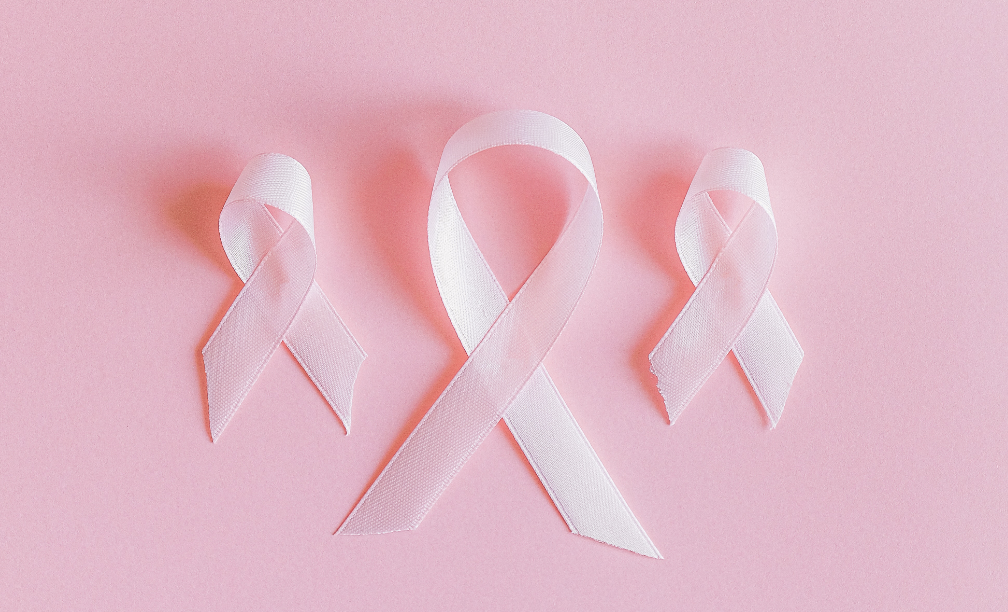Breast Cancer Awareness Month: Checks you can do this month and every month
October is Breast Cancer Awareness Month. According to the World Health Organisation, in 2020, 2.3 million people were diagnosed with breast cancer and 685 000 deaths globally, making it the world’s most prevalent cancer. It’s important that everyone regularly checks their breasts for any changes – in this article, we’ll explore what to look out for and when to get checked.
Signs and symptoms
Breast cancer most commonly presents as a painless lump or thickening in the breast. It can affect men as well as women, so it’s important to visit a medical professional if you find an abnormal lump in your breast regardless of your gender, and even when there is no pain associated with it. Seeking medical attention at the first sign of a potential symptom allows for more successful treatment.
Symptoms of breast cancer include:
– a breast lump or thickening;
– alteration in size, shape or appearance of a breast;
– dimpling, redness, pitting or other alteration in the skin;
– change in nipple appearance or alteration in the skin surrounding the nipple (areola); and/or abnormal nipple discharge.
There are many reasons that lumps develop in the breast, most of which are not cancer. As many as 90% of breast masses are not cancerous, but the only way to check is with medical testing like a mammogram (x-ray) or biopsy (testing a tissue sample).
How to check your breasts: TLC
Get to know your breasts with some TLC – Touch, Look, Check:
1. Touch your breasts: can you feel anything new or unusual?
2. Look for changes: does anything look different to you?
3. Check any new or unusual changes with a GP
Everyone will have their own way of touching and looking for changes; get used to checking regularly and be aware of anything that’s new or different for you. Check your whole breast area, including up to your collarbone (upper chest) and armpits.
Take a look at this video from Breast Cancer Now for more guidance:
I’ve noticed a change in my breasts – what happens next?
It’s important to book an appointment with your GP for an examination. The GP may then refer you to a breast clinic – being referred does not mean you have breast cancer, just that further assessment is needed to find out what is going on. If your GP is male and you do not feel comfortable going to see him, you can ask if there’s a female doctor or practice nurse available. You can also ask for a female nurse or member of staff to be present during your examination, or you can take a friend or relative with you.
For more information about breast cancer, take a look at the Wellness Library or visit the resources below:
Breast Cancer Now: https://breastcancernow.org/
Cancer Research UK: https://www.cancerresearchuk.org/
Macmillan Cancer Support: https://www.macmillan.org.uk/
Back To Posts

